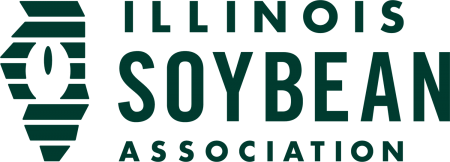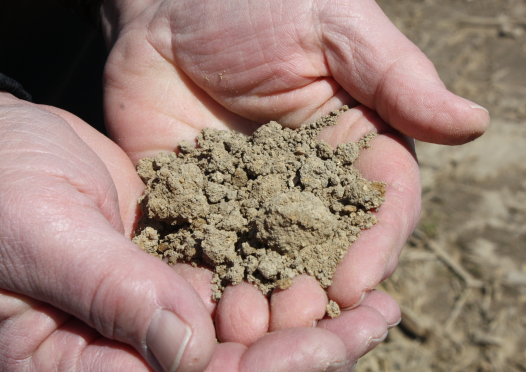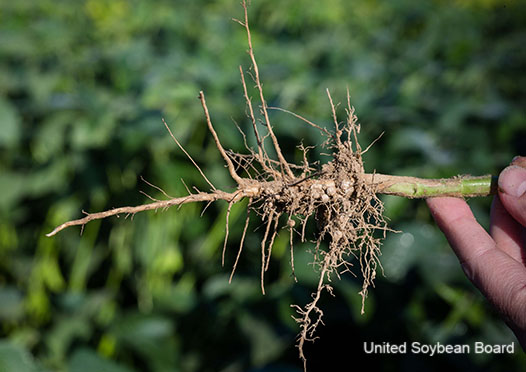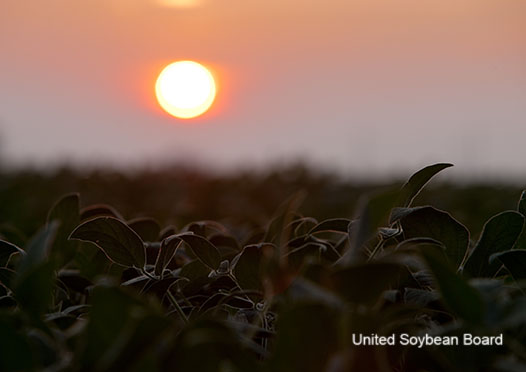ILSOYADVISOR POST
Plant and Soil Health: Are You Applying Enough P & K?
This post highlights material covered in a breakout session sponsored by Wyciskalla Consulting, LLC at the recent ILSoyAdvisor Field Days. To see other posts in this Field Days recap series, click here.
Phosphorus is now recognized as one of the most limiting nutrients in soybeans. It’s critical that you test soils for phosphorus and potassium frequently and apply enough nutrients to meet crop removal needs. Remember that corn and soybeans have distinct nutrient requirements, so apply nutrients independently for each crop.
Even among soybeans, nutrient needs are not one-size-fits all. A 55- to 60-bushel soybean crop takes up about 43 lbs. of phosphorus, with 80% removed in the grain and 20% recycled back into the soil. That same crop takes up around 170 lbs. of potash, but only 46% is removed with the grain—the remaining 54% is returned to the soil. These numbers can vary from year to year and even from field to field, so it’s crucial that you adjust your nutrient application accordingly.
Potassium exists in soil in three forms—unavailable, slowly available and readily available. Factors that affect availability include texture, soil temperature, moisture and nutrient test levels. As a producer, your goal is to optimize readily available forms of potassium by applying the nutrient before planting.
Phosphorus is a leading cause of hypoxia in surface waters in the Gulf of Mexico. Minimize losses by reducing runoff and erosion. Prevent soil test levels from building up over time, and use yields to help determine application rates. Apply using incorporation or deep placement for best results.
Terry Wyciskalla is an independent crop and soils consultant, specializing in soil sampling, fertility recommendations, crop scouting and precision ag services. Contact him at wyccon@charter.net or 618-314-0578.





Comments
Add new comment